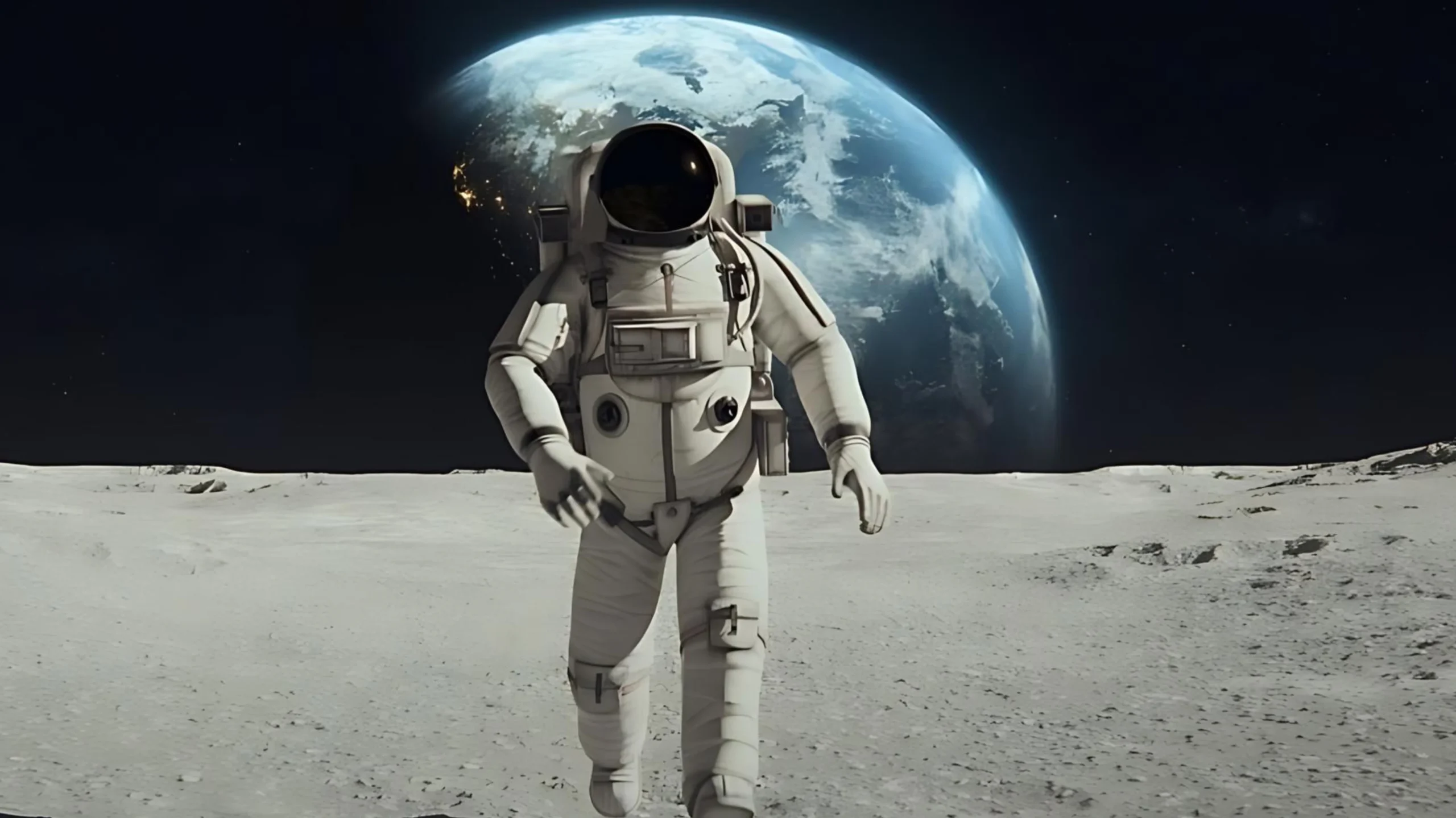In a groundbreaking development, scientists at Cornell University have finagled a slice-edge spacesuit capable of transubstantiating urine into potable water.
This innovative waste operation system promises to revise unborn NASA operations by furnishing astronauts with a dependable source of hydration directly from their spacesuits.
Drawing alleviation from the “stillsuits” featured in the iconic sci-fi series Dune, this advanced technology is poised to play a pivotal part in NASA’s Artemis program.
The Artemis operations aim to return humans to the Moon, marking humanity’s first lunar passage in over 50 times. The integration of this new filtration system into spacesuits could significantly enhance the sustainability and comfort of long-duration spacewalks.
Presently, astronauts are constrained by the use of big, adult diaper-style garments to manage waste during extravehicular conditioning( EVAs). These garments, while functional, are neither comfortable nor aseptic.
The recently developed system addresses these enterprises by employing osmosis to purify urine, effectively converting it into safe drinking water within a bare five twinkles.
Sofia Etlin, a prominent experimenter at Weill Cornell Medicine and Cornell University, handed detailed perceptivity into the design.
According to Etlin, the system features a vacuum-grounded external catheter connected to a forward-rear osmosis unit. This configuration ensures a nonstop force of drinkable water, while multiple safety mechanisms are in place to guard the astronauts’ health.
presently, astronauts are limited to carrying just one liter of water in their in-suit drink bags, a quantum inadequate for extended lunar EVAs.
The preface of this new filtration system is set to alleviate this limitation, thereby enhancing both the hygiene and effectiveness of space operations.
The Cornell exploration platoon plans to conduct rigorous testing of the system in simulated microgravity conditions to validate its functionality before planting it in factual space operations.
By addressing the critical need for a sustainable water force, this advance not only improves astronaut hygiene but also holds the implicit to extend the duration and effectiveness of unborn lunar studies.
As NASA continues to push the boundaries of space trips, inventions like this filtration system are crucial to icing the success and safety of mortal operations beyond Earth.
This innovative approach reflects a broader trend in space disquisition towards sustainable life support systems, essential for the future of long-duration operations to the Moon, Mars, and beyond. As we venture further into space, the capability to efficiently reclaim coffers becomes decreasingly critical.
The Cornell platoon’s development isn’t only a specialized triumph but also a testament to the imagination needed to overcome the challenges of space trips.
Water, a vital resource, is heavy and expensive to transport. By turning waste into a usable resource, this technology can significantly reduce the logistical burden of supplying astronauts with sufficient hydration.
Beyond its immediate operations, the principles behind this technology could impact the design of life support systems for space territories.
For case, the same filtration ways could be acclimated for use in space stations or lunar bases, where recovering air, water, and other coffers is consummate for sustainability. The implicit benefits of this system extend to cerebral well-being as well.
The discomfort and vexation of current waste operation styles can be stressful for astronauts, who are formerly operating in an extreme terrain. furnishing a more aseptic and comfortable result helps maintain morale and internal health, which are pivotal for the success of long-term operations.
Additionally, the technology’s development and testing process will probably yield precious data and perceptivity. These could inform advancements to other aspects of astronaut life support systems, enhancing overall charge safety and effectiveness.
The cooperative trouble between institutions like Weill Cornell Medicine and Cornell University underscores the interdisciplinary nature of ultramodern space exploration, blending moxie from fields similar as drug, engineering, and environmental wisdom.
Looking ahead, the successful perpetration of this system on lunar operations could pave the way for its use in Mars peregrinations.
As NASA and other space agencies plan for the mortal disquisition of Mars, the capability to reclaim urine into drinking water will be indeed more critical.
The trip to Mars involves longer durations and lesser distances, making effective resource operation a top precedence.
In conclusion, the development of a spacesuit able to turn urine into drinking water marks a significant corner in the elaboration of space disquisition technology.
This innovative result not only addresses the practical challenges of current waste operation systems but also enhances the sustainability, comfort, and cerebral well-being of astronauts.
As NASA’s Artemis program and other unborn operations set their sights on the Moon, Mars, and beyond, similar advancements are essential for icing the safety, effectiveness, and success of mortal trials in space.




